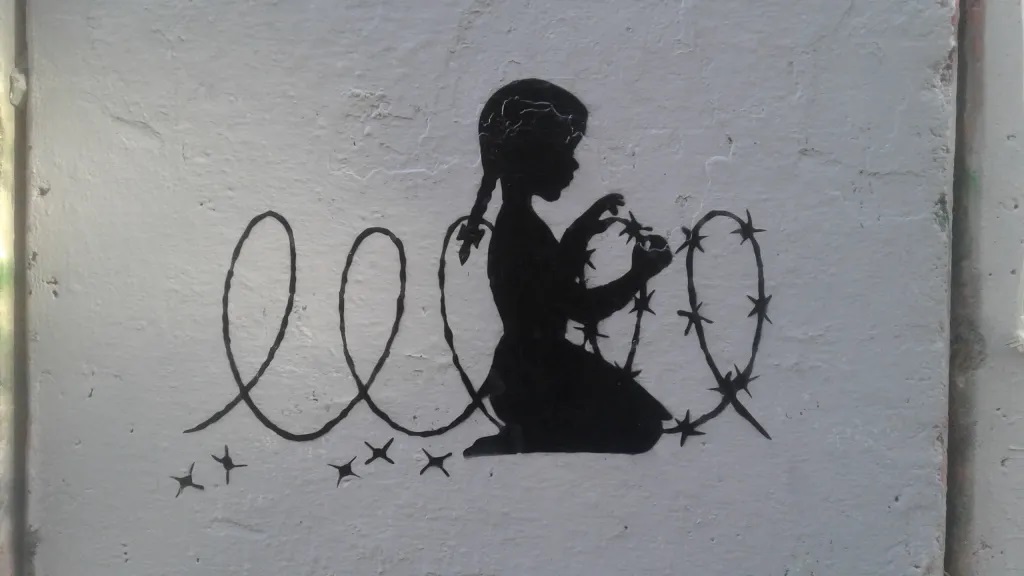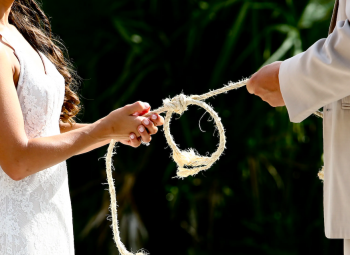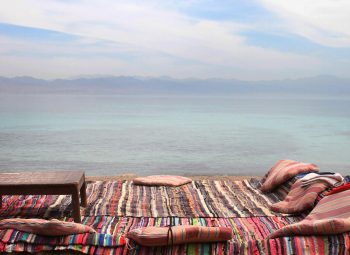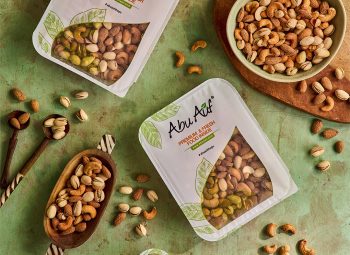The West Bank Wall, an unwanted structure running through Palestinian territory, has become more than just a physical barrier; it's a canvas that tells stories of resistance, loss, and hope. Over the years, local and international artists have seized the opportunity to turn this symbol of oppression into a platform for political and cultural expression.
As the West Bank Wall continues its divisive function, artists continue spraying their paints as resistance tools. While some question the intentions of international artists, Palestinian graffiti remains a radical reminder of the struggle within and a beacon of hope for those living in the shadows of the wall.
Here, we explore the impactful contributions of some of the graffiti artists:
Cakes Stencils
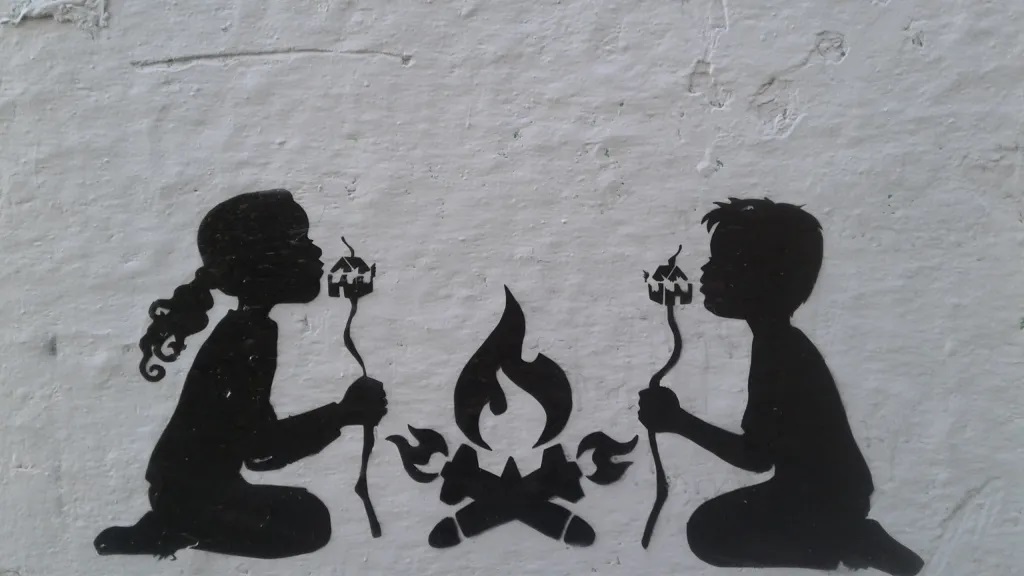
Cakes Stencils, a master of the stencil technique, paints touching pictures reflecting the harsh realities faced by Palestinian children. Notably, the graffiti proclaiming "I was born at Qalandia checkpoint" sheds light on the struggles of Palestinian mothers forced to give birth in precarious conditions due to restrictive measures.
Taqi Spateen

In Spateen's artistic point of view, Palestinians are compared to Alice in Wonderland; both have sacrificed greatness for the pursuit of freedom. His pieces feature iconic figures like nurse Razan al-Najjar and journalist Shireen Abu Akleh, emphasising the ongoing injustices faced by such heroes.
Jorit Agoch
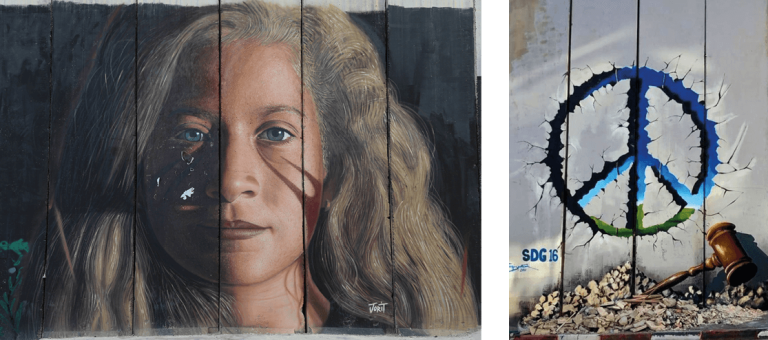
Ahed Tamimi, a symbol of resistance, endured imprisonment for standing up against injustice. Agoch aimed to commemorate Tamimi's bravery by painting her in a mural near Bethlehem, leading to a decade-long painting ban.
Banksy
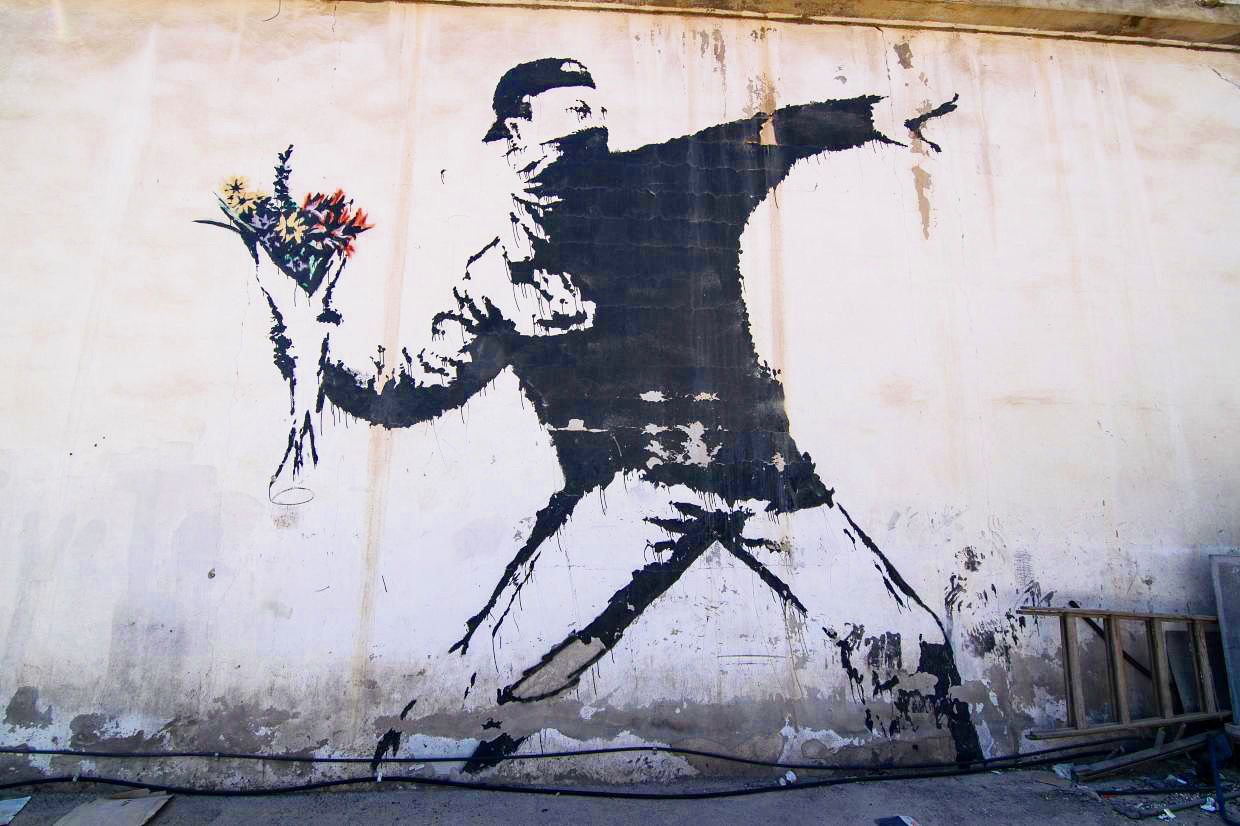
Banksy, known for his socially-charged art, has been leaving indelible marks on Palestine since 2005. Beyond decorating the West Bank with thought-provoking pieces, Banksy established the "Graffiti Mile." He has created the second most visited tourist attraction by bringing numerous international artists to transform the Separation Wall near the checkpoint leading to Jerusalem.
Issa
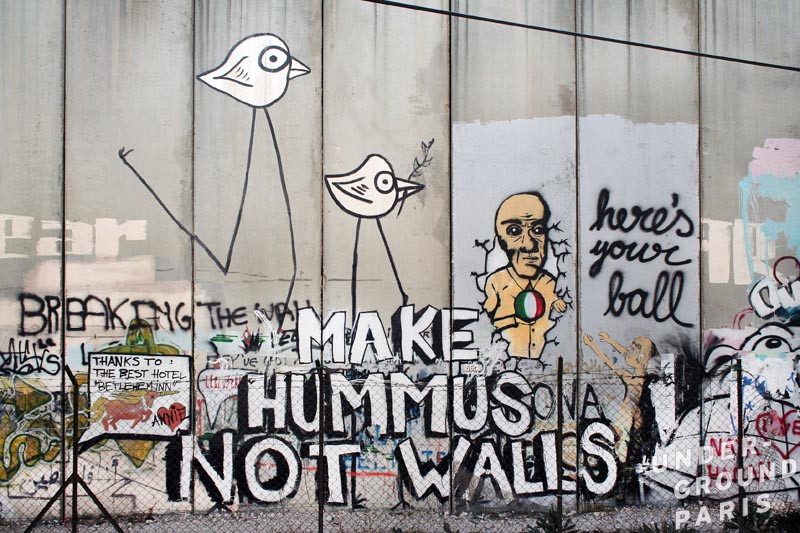
Using this pseudonym is a Palestinian artist who crafted the iconic "Make Hummus Not Walls" piece. However, in response to concerns about the commercialisation of apartheid, Issa later modified his creation with the words "Welcome to the Shopping Mall."
How & Nosm
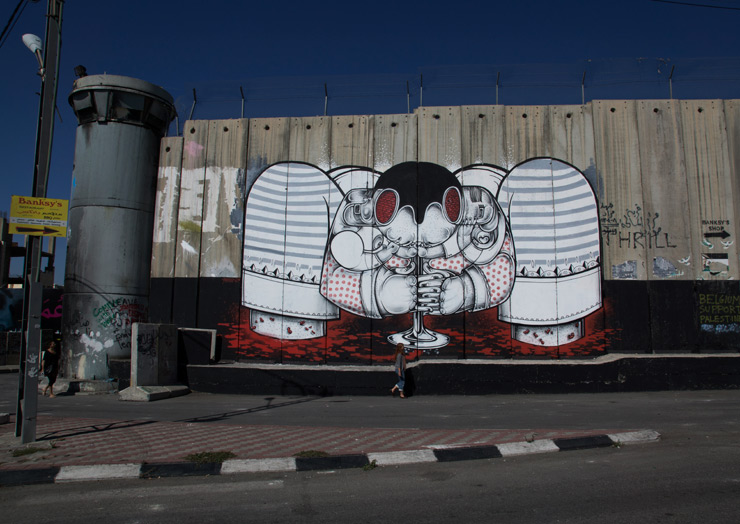
Spanish twin brothers Raoul and Davide Perré, known as How & Nosm, approached their art with a sense of responsibility. During their West Bank visit, they conducted art workshops for local women intending to give a voice to the silenced. They believed Palestinians needed to express themselves through art instead of outsiders doing it for them.
Majd Abdel Hamid
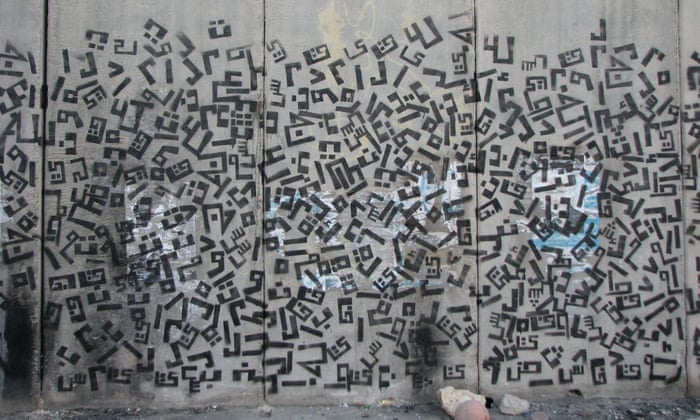
Abdel Hamid painted a 14-metre portion of the wall with seemingly scrambled Arabic letters. These letters spell out the Palestinian Declaration of Independence, providing a message of hope tucked away in a subtle piece of artwork.
Naji El-Ali
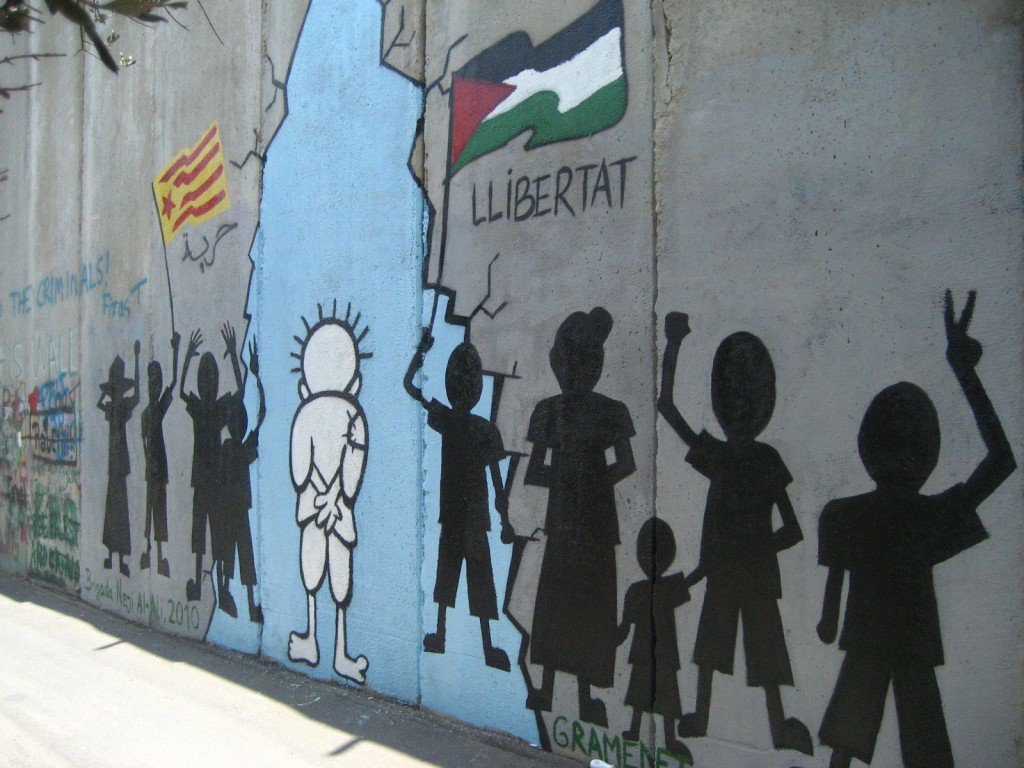
Created by cartoonist Naji al-Ali, this 10-year-old boy remains frozen in time, rejecting incomplete solutions to the ongoing conflict. This piece of artistry running along the apartheid wall serves as a powerful symbol of steadfast defiance.

